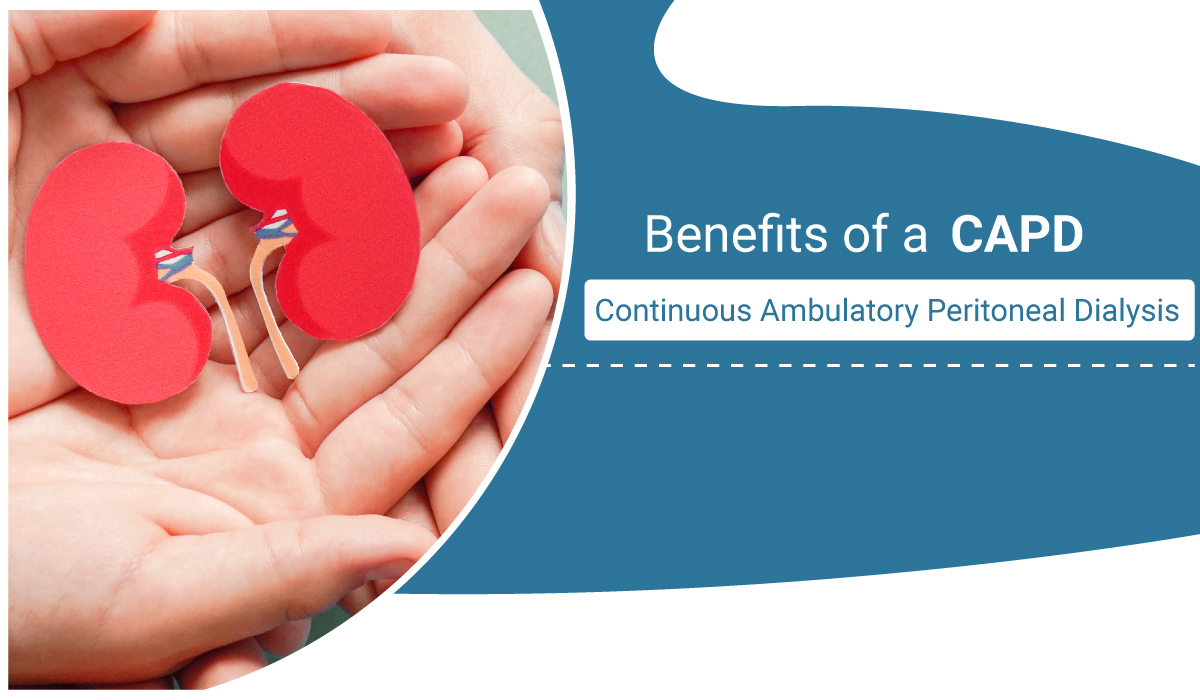
For Appointment: Call Us: +91 9484993617
Opening Hours: 12pm-6pm (Daily Except Thursday)

For Appointment: Call Us: +91 9484993617
Opening Hours: 12pm-6pm (Daily Except Thursday)

The term dialysis is not foreign to anyone in this era. This is due to the increase in the number of kidney failures at the level of the world population. What people do not know is that there is more than one type of dialysis procedure:
People usually are acquainted with the procedure of hemodialysis because it is the most common type of dialysis done across the world but it is important for them to know that advancement in the medical world has led doctors to make the procedure of hemodialysis more efficient by introducing Continuous Ambulatory Peritoneal Dialysis (CAPD). The focus of this blog is to make you understand 7 things that you should know before getting CAPD. These five things will be the description of CAPD, the factors on which the dialysis is planned for a specific patient, the advantages of CAPD, the complications of CAPD, and lastly the difference between CAPD and CCPD.
In peritoneal dialysis, the blood is filtered inside the body of the patient using the peritoneum which is the inner membrane that lines the abdominal cavity. The peritoneum in this type of dialysis acts like a natural filter. The central dogma of the working process of this type of dialysis is that the dialysis fluid is put into the abdomen through a catheter. This fluid then removes the toxins from the blood by passing through the peritoneum.
To look into more detail there are five steps involved in the working of peritoneal dialysis:
After your evaluation, four main things become the deciding factors on the magnitude and frequency of dialysis suitable just for you. These four factors are:
The three things that are deduced from the evaluation of the above factors are;
The number of dialysis exchanges needed to be done per day, the type of dialysis fluid to be used, and the duration for which the dialysis fluid has to stay in your abdomen for each round.
All the complications of CAPD can be avoided by having an adequately trained staff to perform CAPD with much precision and hygiene on you.
The basic difference between Continuous ambulatory peritoneal dialysis (CAPD) and Continuous cycling peritoneal dialysis is that in CAPD the exchange of dialysis fluid is done several times a day by the patient himself/ herself while in CCPD the same process of exchanging the fluid is done by a device named cycler at the time when the patient is in sleep.
The need for any type of dialysis represents that your kidney function is degraded to the level of not being able to work sufficiently. Choosing the best dialysis type for you until transplantation is a thing that must be discussed with the doctor. It is only after expert consultation that you can decide between hemodialysis and CAPD for yourself.
We at Alfa Kidney Care provide this consultation with all the other information related to kidneys.